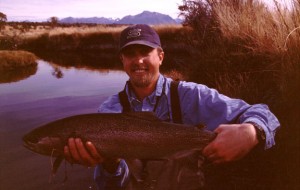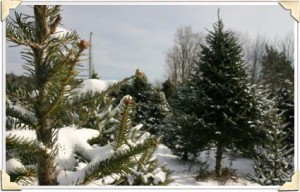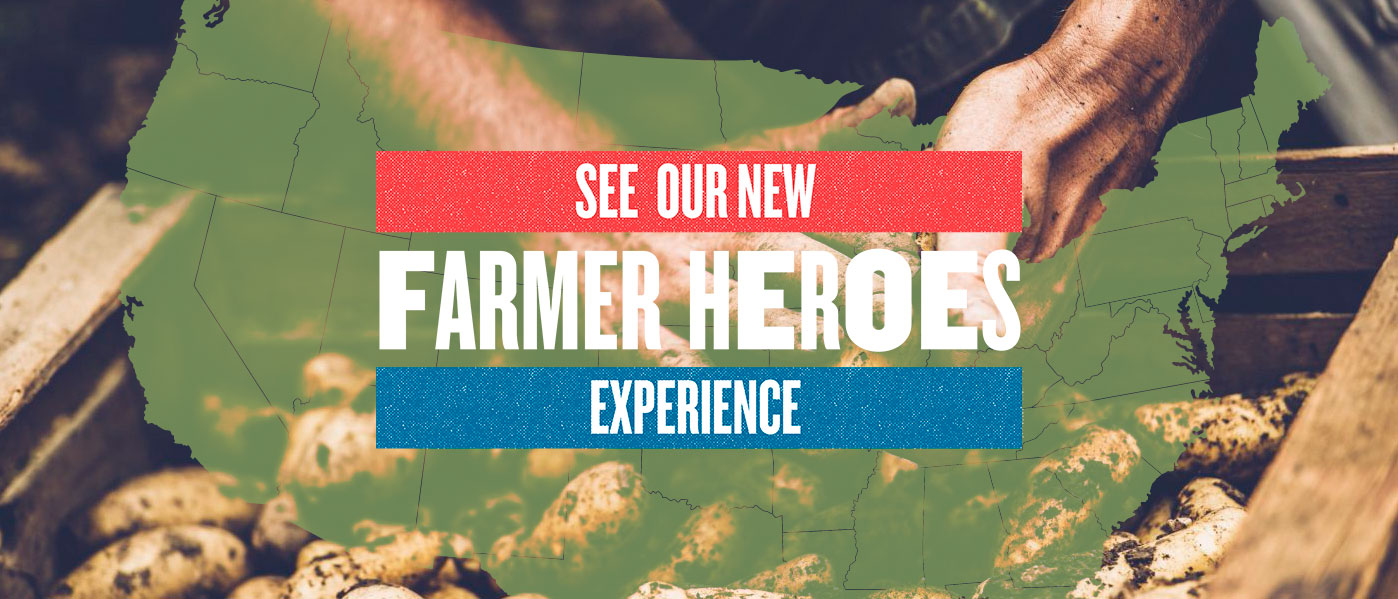Hamburg, PA
Jeremy Freymoyer of Freymoyer Christmas Tree Farm in Hamburg, PA, took some time out of one of  the busiest weeks of the year to talk with Farm Aid about diversification, innovation and keeping a family tradition alive. Jeremy is a member of the Pennsylvania Association for Sustainable Agriculture (PASA), a Farm Aid-funded group that is one of the largest member-based sustainable farming organizati ons in the country. PASA will be having its 18th annual Farming for the Future conference, hosted by Pennsylvania State University, in early February 2009.
the busiest weeks of the year to talk with Farm Aid about diversification, innovation and keeping a family tradition alive. Jeremy is a member of the Pennsylvania Association for Sustainable Agriculture (PASA), a Farm Aid-funded group that is one of the largest member-based sustainable farming organizati ons in the country. PASA will be having its 18th annual Farming for the Future conference, hosted by Pennsylvania State University, in early February 2009.
When Jeremy Freymoyer’s great grandfather began planting Christmas trees seventy-five years ago, he may not have imagined that the farm would be thriving today; but four generations later, it remains a large and successful farm, still in the hands of his family.
Although Jeremy manages the 125 acre Freymoyer Christmas Tree Farm in Hamburg, PA, it’s very much a family business, owned by his mother and operated with lots of help from his sister.
“It’s a way to keep the farm in the family,” Jeremy said about his choice to devote his livelihood to the family business
Consumers generally see these trees in December, looking like, well, a Christmas tree. Sometimes they pick them out and cut their own, while other times they buy pre-cut trees from a lot. The Freymoyer Farm offers both options. Jeremy explained what the process of growing trees throughout the rest of their lives entails, exactly.
“Our trees are planted as four year olds,” Jeremy said, “so they’re grown from seed [in a nursery], and then transplanted [to the field in the spring] and grown for another three to four years.”
During the spring, Jeremy also practices integrated pest management to keep the trees healthy, and applies mulch. In early July, the trees begin to get sheared, which means that they gradually get cut into more of a Christmas tree shape.
 While primarily a farm devoted to growing Christmas trees, Jeremy and his family have diversified the farm far beyond spruces and firs. Currently, there are twelve acres of trees, twenty acres of hay, and some space devoted to small grain production. The hay and grains act as a steady source of income throughout the year, since Christmas trees are the quintessential seasonal crop.
While primarily a farm devoted to growing Christmas trees, Jeremy and his family have diversified the farm far beyond spruces and firs. Currently, there are twelve acres of trees, twenty acres of hay, and some space devoted to small grain production. The hay and grains act as a steady source of income throughout the year, since Christmas trees are the quintessential seasonal crop.
Jeremy also has used some creative solutions toward making the family farm more sustainable. Most recently, using a grant from Sustainable Agriculture Research and Education (SARE), he has started using sheep and goats to graze the weeds and keep the grass trimmed right around the trees.
“[They] are excited to see where food comes from, how things are grown, that carrots come out of the ground!”
“It was really a marriage of utility,” Jeremy said. “My neighbor down the road has sheep and goats so we came up with trying to pasture the sheep in the Christmas trees.” When asked if there are any drawbacks, Jeremy laughed; “When they eat the trees!”
Normally, Jeremy explained, a Christmas tree would not be a sheep or a goat’s first choice of food. He has to move them around and make sure there’s always a fresh supply of grass and clover on the ground, which they’ll happily eat. When the animals are pastured, Jeremy keeps them enclosed with an electric fence around the Christmas trees. By the time people come to shop, however, the fence is gone, and the sheep are enclosed in a pen. However, for interested customers, the animals are an added attraction to their tree picking expedition.
“There are a lot of people who have not had that sort of interaction,” Jeremy said. “[They] are excited to see where food comes from, how things are grown, that carrots come out of the ground!”
The project with the sheep and goats is just a few years old, and soon Jeremy hopes to expand to pasturing them in other areas of the farm with other types of vegetation. In today’s changing agricultural climate, Jeremy’s creative innovations towards sustainability should keep his great grandfather’s farm strong and thriving — maybe for another four generations!


